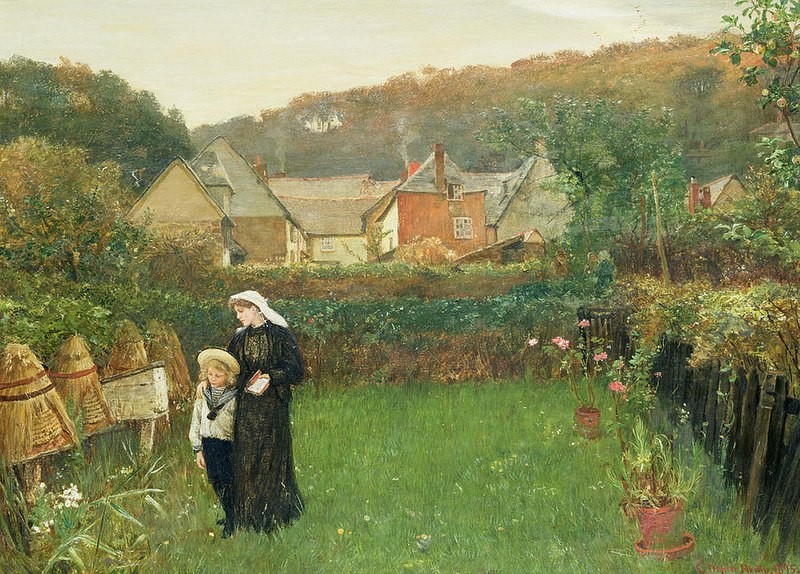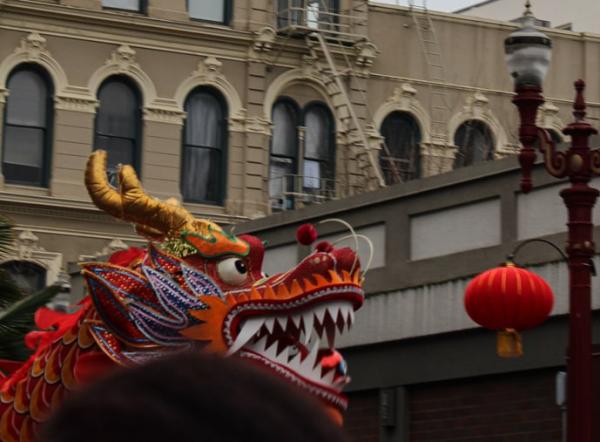Queen Elizabeth II's Death...and Telling the Bees


After the death of Queen Elizabeth II, Britain’s late monarch, several processes were put into motion. Once her passing at Scotland’s Balmoral Castle was announced at 6:31 p.m. on September 8, 2022, officials around the United Kingdom sprang into action on what they called D-Day +0.
The overall process of preparing not only the Queen’s body but the entire nation and the new King— Charles III— for what comes after the sudden loss of Britain’s longest-reigning monarch is called Operation London Bridge. And it all began when then-Prime Minister, Liz Truss, received the phone call at 10 Downing Street, saying: “London Bridge has fallen.”
Between transporting the Queen’s coffin, officiating King Charles III as the first British king in 70 years, and preparing for the monarch’s stately funeral, several other duties remain. These include caring for the Queen’s beloved corgis, making arrangements for the public to pay their respects, and others.
But one of the most important— and unexpected— tasks revolves around the fuzzy little insects that dwell in the royal beehives of Buckingham Palace and Clarence House.
Because when the Queen died, someone had to tell the bees.
Telling the Bees: Tradition and Origins
This interesting tradition has its roots in mythology, superstition, and religion, not only in European countries of the past few centuries, but also in the way honey bees were revered by ancient cultures and civilizations.
But throughout history, people have recorded this fascinating insect interaction that has also become part of royal traditions, on both sides of the Atlantic— from New York to Norfolk, New England to Nottinghamshire, it has long been important to keep your little black-and-yellow friends up-to-date on happenings.
What Is Telling the Bees?
According to tradition and myth, a crucial part of keeping bees is to inform them of all important events that happen on the estate or area immediately surrounding their bee hives, to prevent bad luck.
In the past, a good master who had honey bees and hives on their property would consider them as part of the family, much like livestock such as dairy cows or wooly sheep that kept the estate and people who lived there fed and comfortable.
Letting the bees know about any significant events in the household was seen as a mark of respect, particularly when it came to deaths and marriages— the announcement of which was often accompanied by offering the bees a taste of either the funeral biscuits or wedding cake.
Where Does Telling the Bees Come From?
While the origins of telling the bees are not set in stone, many believe that the current process has its roots in Celtic mythology.
The ancient Celts of the British Isles and western Europe were deeply religious and had strong associations between earthly things such as trees, animals, and weather, and their deities and the world of the afterlife. And bees, in particular, had a specific tie between the world of the living and the transition of a soul to the realm of the dead, often being spotted or depicted at the site of someone’s demise.
But before the Celts and their bees, the Egyptians, Greeks, and Romans also had reverence for these flying insects.
For the Egyptians, the bee was associated with royalty and viewed as sacred, with several tales describing honey bees originating from the tears of their Sun god, Ra. The Greeks and Romans also ascribed importance to bees, from being the apian symbol of pantheon gods like Artemis to divine prosperity in agriculture and mythology.
Greco-Roman philosophers like Plato were also fascinated by the hive culture of bees, including Aristotle and his text called “Generation of Animals”, where he connects apicultural workings to “divine” theology and political models.
As such, bees have long been respected and revered, and the more recent tradition of informing the hives of significant changes in the family unit feels like a natural next step— and one that continues to this day.
Why Do You Tell the Bees When Someone Dies?
According to tradition, alerting the bees to a change of ownership is important. That meant if the old man of a specific estate passed away, the bees needed to know about his passing and the identity of their new owner.
If you don’t tell the bees about such an important event, legend has it that they could become angry and upset at being left out, and either sting surrounding individuals, sicken and die, or simply refuse to provide honey for the keepers.
Telling the Bees in Poetry and Paint
Interestingly, this tradition is not only found in Celtic folklore. Indeed, a New England writer named John Greenleaf Whittier detailed the process in his 19th-century poem, “Tell the Bees”. Excerpts from this poem include the duties of a servant girl who had to deck out the beehives in black cloth for mourning and inform them of the mistress’s death:
“Before them, under the garden wall,
Forward and back,
Went drearily singing the chore-girl small,
Draping each hive with a shred of black...
...And the song she was singing ever since
in my ear sounds on:—
‘Stay at home, pretty bees, fly not hence!
Mistress Mary is dead and gone!’”

And in 1895’s “The Widow” (seen above), the nineteenth-century painter Charles Napier Hemy portrayed the duty of a widow and her son to tell the bees of the familial death, including the pair in mourning clothes approaching the hives with somber expressions.
You can even spot the black ribbons and crepe sported by the woman in traditional her Victorian mourning dress, as the summer sun beats down, completing this touching visual representation of telling the bees.
The Process of Telling the Bees
Now that we understand the origin of telling the bees, let’s explore the actual duties of the keeper who had to carry out the task for the Queen’s bees after the monarch’s death.
And continuing this proud tradition, the Royal Beekeeper, named John Chapple, was called into service after Queen Elizabeth II’s passing had been announced. Chapple had to approach each hive of bees, located on the grounds of Buckingham Palace and Clarence House, and alert them of the news.
According to Chapple, to inform the honey bee hives of their new master, "you knock on each hive and say, 'The mistress is dead, but don't you go. Your master will be a good master to you.'"
This is carried out quietly and solemnly, as befitting any occasion where news of the death of a close friend or family member is delivered. Chapple finished the process by tying black ribbon bows around each hive of bees to signify the Period of National Mourning for Her Majesty, the Queen.
What Do the Bees Do When They Are Told Someone Has Died?
Ostensibly, the bees would appreciate being kept in the loop. Sadly, no scientific conclusions currently exist that might let us know whether or now bees truly understand what is happening when the beekeeper gives them the news.
But there is evidence that bees not only remember floral blooms to return to for collecting pollen, but that they can also recognize specific human faces after repeated encounters with them. So, given that our fuzzy friends can learn who’s who when it comes to beekeepers and frequent visitors, perhaps they do have a higher functioning audio understanding than we expect.
Regardless of how much they can understand, telling the bees is an important tradition that at the very least, shows respect to these important insects and, at best, prevents a folklorish penalty from being enacted by the powers that be, due to insufficient mourning.
Find out more about the late Queen Elizabeth II or the new monarch, King Charles III, and test yourself to Name These Current Kings and Queens.
About the author







